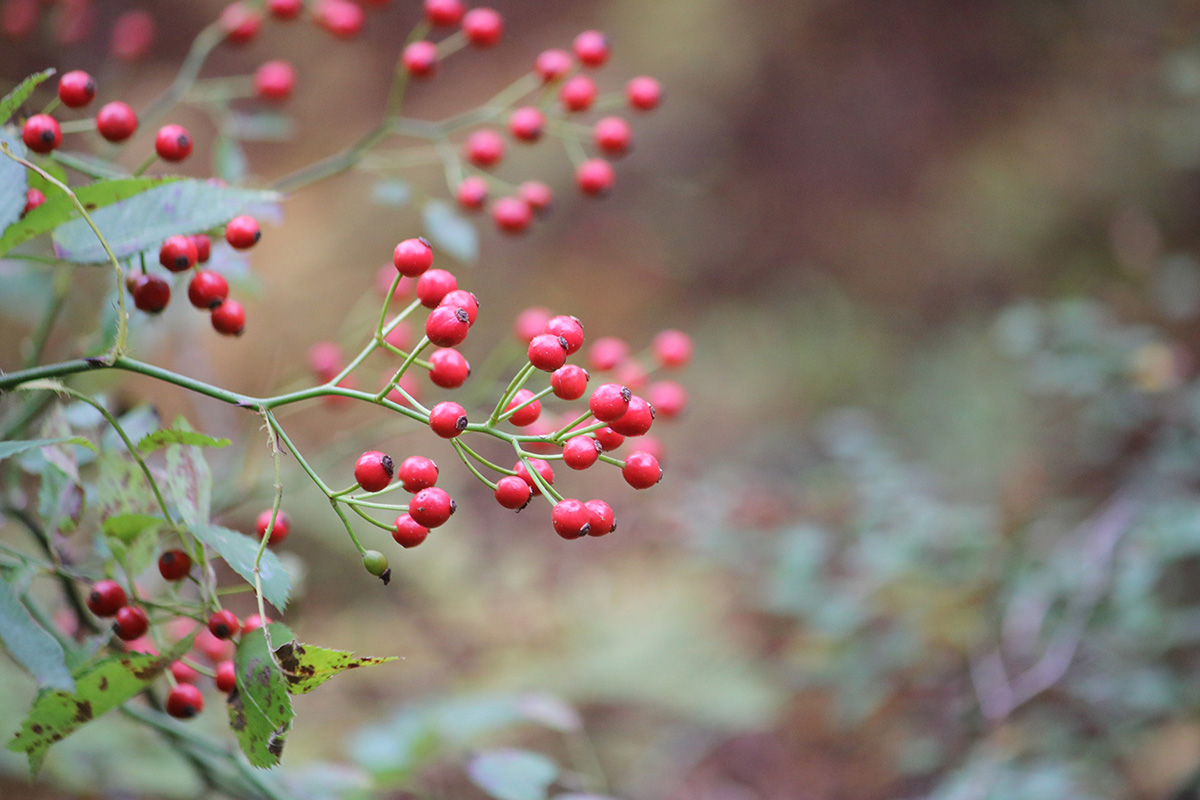What happens when you prune sprays of rosehips from tangled thickets, and pick the fat hips off beach roses? Well, you get yourself outside, for one thing, with a purpose. And you’re saving hundreds of seeds from being dispersed. Also, you are taking home the nutritious, still-astringent raw ingredients for a noteworthy syrup, one whose sugar content diminishes the longer it ferments.
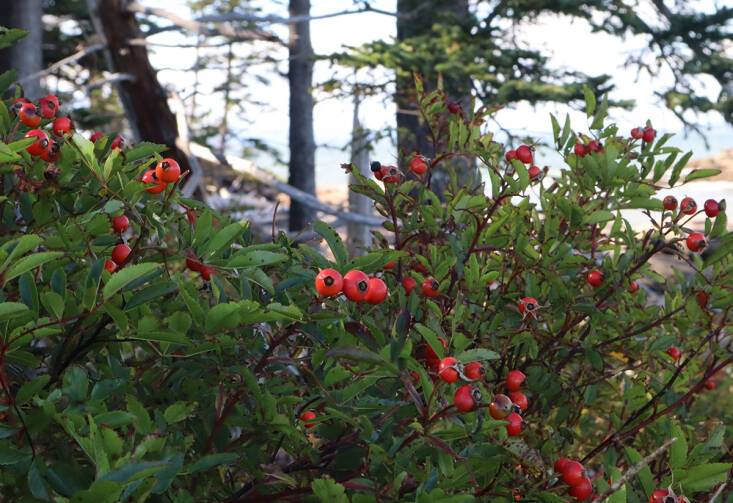
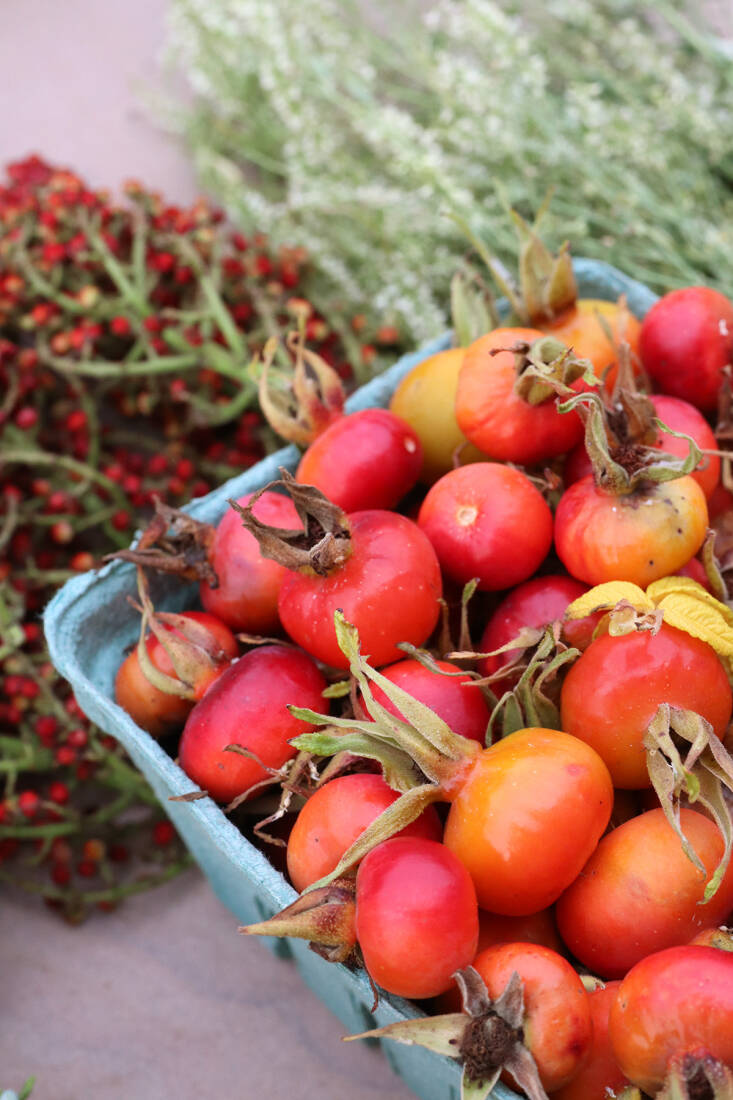
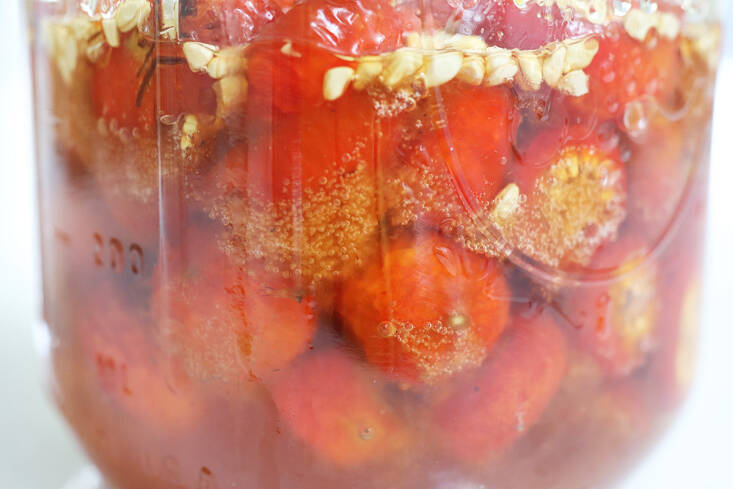
I began making cold-extract, fermented syrups from ume (Prunus mume), years ago. The technique of mixing fruit with sugar (no liquid) produces a rich, nuanced syrup from hard green fruit. It’s a method that I now use with all kinds of astringent or unripe fruits (like this cranberry syrup recipe). While the ratio of sugar to fruit is high the fermentation process eventually includes bacteria that digest the sugars. When the flavor is somewhere in the hard-to-describe-realm between tart and sweet, I strain, bottle, and refrigerate the pale amber (if it’s rosehip) syrup.
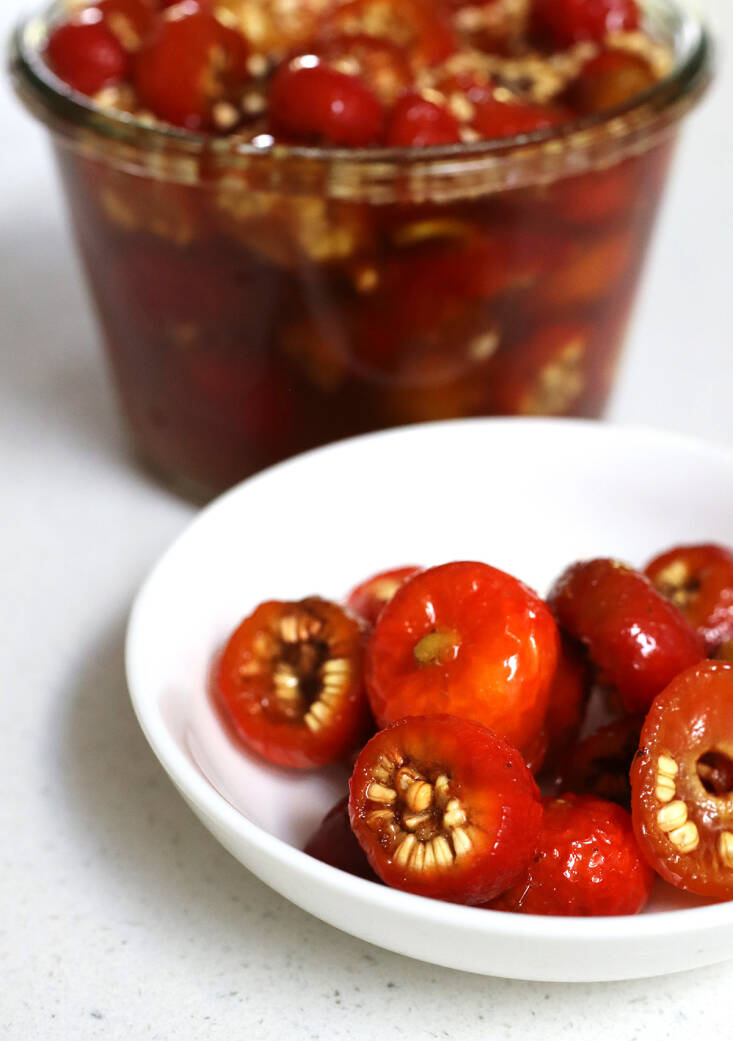
After the syrup is strained, one can either toss and compost the remaining rosehips or scoop out the now-soft insides and air-dry the flavorful orange meat of their shells. They are a delightful snack, sweet nibble, or fancifully delicious garnish for autumnal salads, savory dishes, and desserts.
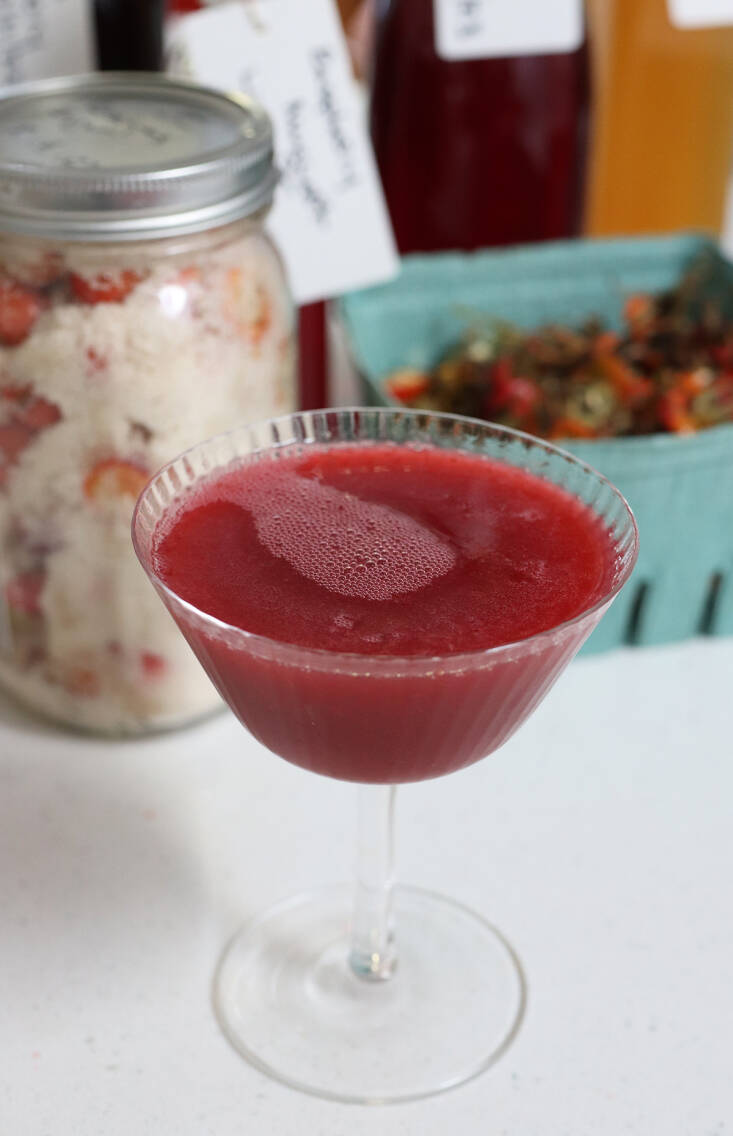
How nutritious are rosehips after fermenting? That is very hard to say. Possibly more so than after being boiled into traditional rosehip tea, although heat makes some antioxidants bio-available. Rosehips are high in lycopene, Vitamins C and K, and contain a lot of potassium. Eaten raw they are nutritious, but not too palatable. I feel this syrup is a happy compromise. (And if anyone has a laboratory at their disposal, please get in touch!)
Rosehip Syrup
You can use any rosehips for this syrup. If they’re invasive, all the better.
- 2 cups ripe rosehips, tops sliced off (to expose the flesh)
- 1 cup sugar
- 4 strips orange zest (optional)
Combine in a Mason jar and shake well. Cover with the lid, but loosely*. Shake the jar daily. After a a few days you will notice syrup forming at the bottom of the jar. By days 10 – 14 it should cover the rosehips. At this point it can be used and will be very sweet. Continue fermenting until the rosehips have turned a darker, caramel color, are soft, and taste sweet, around another 2 weeks. By now the accumulated syrup should have begun to mellow towards a more tart flavor profile. Strain the syrup through folded cheesecloth, decant into a clean bottle, and refrigerate.
* The loose lid allows gradually-forming carbon dioxide to escape. If kept on tightly it could build up and explode the bottle. For real. Fermentation is fun.
See also:
(Visited 7,566 times, 88 visits today)
